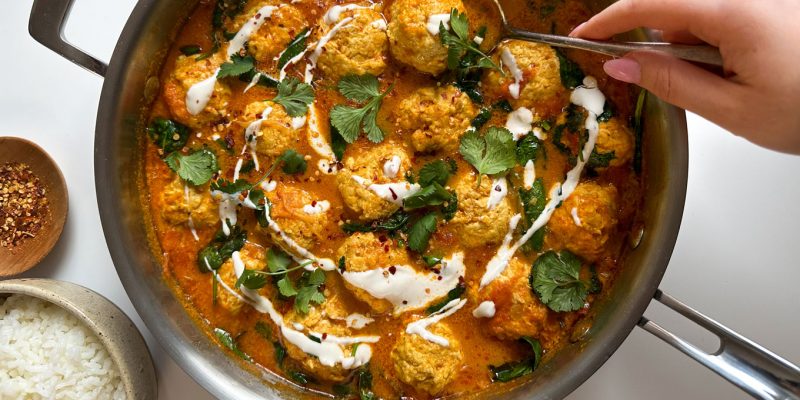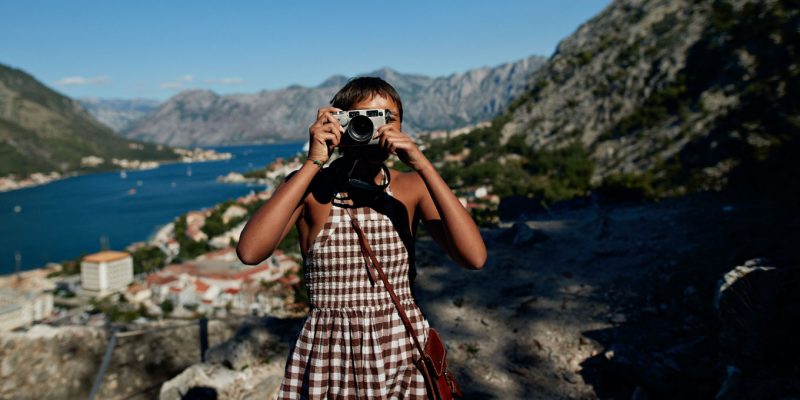Movies & TV
Pamela Anderson Is On the Record
Anderson tells her side of a media-frenzied story in her autobiography and a new Netflix documentary.
by : Kelly Boutsalis- Feb 13th, 2023
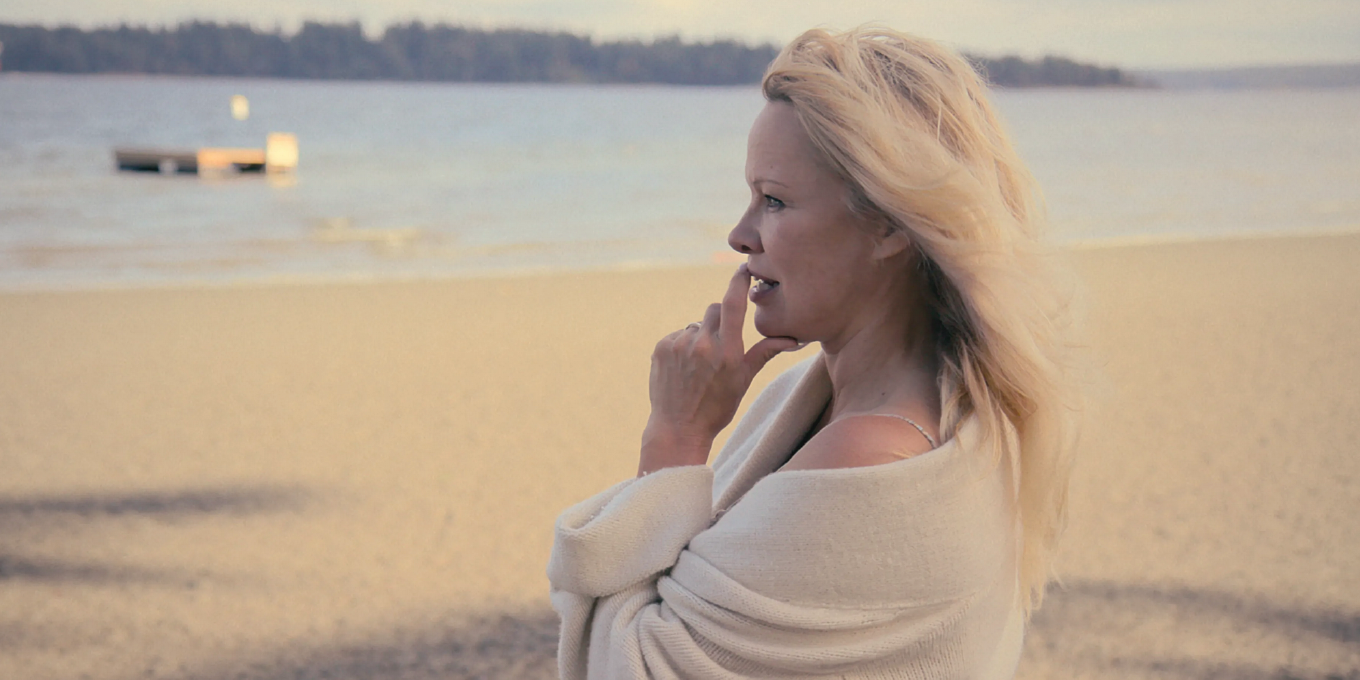
Courtesy of Netflix
Scrolling through my memories of late-’80s and ’90s pop culture, I keep hitting upon one particular outsized icon: Pamela Anderson. Whether she was slow-motion running on a beach in her red Baywatch bathing suit or sporting a giant fluffy pink hat and white corset at the 1999 MTV Video Music Awards alongside then husband Tommy Lee, the world was endlessly fascinated by her. Those two visuals largely sum up how we saw her: as a gorgeous blonde who was in a soapy TV series and married to a world-famous rock star. Theirs was a relationship that was widely covered in the tabloids, especially after a stolen home video was released without their consent.
Pamela, a Love Story—the raw and honest Netflix documentary from Emmy-nominated director Ryan White—sends the loud-and-clear message that there is much more to Anderson than her outward image. Her memoir, Love, Pamela, which details her family life and rise to celebrity and has her own poetry sprinkled throughout, hit shelves at the end of January too.
Together, the documentary and the memoir open a window into what life has been like for the now 55-year-old, starting with her origins in Ladysmith, B.C., and including the Canadian football game at which she was pulled from the crowd and brought onto the field. In that pivotal moment, her image was displayed on the Jumbotron and sent out to Monday-night-football viewers across the country, which eventually led to appearances in Playboy, a starring role in Baywatch and all-around fame. That wild ride hasn’t made her any less personable, though.
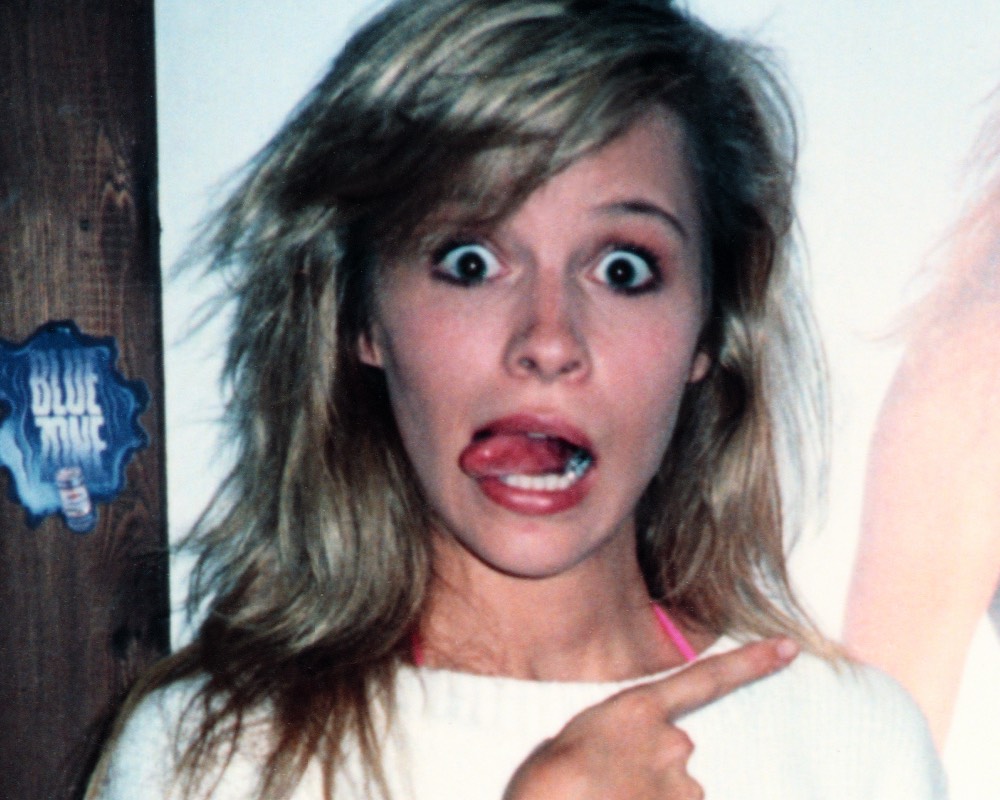 Anderson in Vancouver, 1989. (Courtesy of Netflix)
Anderson in Vancouver, 1989. (Courtesy of Netflix)“Our moms have the same name!” I tell her—admittedly a little cringingly—at the start of our phone call, unable to hold back my fangirl gushing. My maiden name is Anderson, and both of our moms are Carols. She takes my random fun fact in stride and tells me that her family’s real last name is Finnish but her grandfather changed it to Anderson when they came to Canada. It’s mid-December, and Anderson is in Miami, where she’s recording the audio version of her memoir before heading back home to Vancouver Island. “I’m doing my audiobook right now, and it’s harder to say it out loud,” she says. “I think I articulate myself better when I write.”
While I thought I would have only one thing in common with the actor, it turns out that Anderson, like me, is part of the voracious-reader-since-childhood club. Book and art mentions abound in her memoir, from Carl Jung’s Memories, Dreams, Reflections, which she borrowed from the local library, to the poetry of Emily Dickinson, which she devoured while living in Saint-Tropez. Books would transport her away from the house where a female babysitter had molested her or help her escape the memory of being raped by an acquaintance when she was 12—experiences that she revealed in 2014. “[Reading was] how I broke through a lot of my early trauma,” she says. “I just kept filling myself with things I love—art and poetry. These things were key to how I managed it all.”
 Anderson with her dog star in the 1990s. (Courtesy of Netflix)
Anderson with her dog star in the 1990s. (Courtesy of Netflix)Though it seems like her documentary and autobiography are being released in response to the Hulu Pam & Tommy series—which she does comment on in the documentary—the truth is that both had been in the works for the past two years and were largely initiated by Anderson’s sons, Brandon Thomas Lee and Dylan Jagger Lee, now both in their mid-20s. These works are as much for them as they are for her, and Brandon is at the helm as a producer of Pamela, a Love Story. “I don’t like to hold anything back, and hopefully [the film and book] add a little bit of humanness behind the cartoon image that I somehow became,” she says. “I think that’s really important to my boys and my family, who have been by my side and have seen the tears, the hard times and the good times.”
Both the book and the doc explore some of those hardships, including the sexual assaults, the witnessing of domestic abuse in her childhood home and the heartbreaks that led to divorces, which have been reported on endlessly. Another difficult topic is the infamous sex tape—which she prefers to call the “stolen tape”—that was taken from her and Lee’s home, spliced together with other footage from their home videos and capitalized on by others. But Anderson gets to share about lesser-known cherished times in her life too, like learning how to tango from an 80-year-old expert in Buenos Aires and getting kicked out of Las Vegas with her best friend, fashion photographer David LaChapelle, during her bachelorette party before marrying Kid Rock. Then there are the lovely quiet moments, like making waffles for her sons and their friends in Malibu.
For the documentary, she pulled from her archive of home videos and a lifetime of diaries, even sharing excerpts from some of them. However, she declined to read anything from her journals for the film; instead, an actor voices her words. I understand the decision. The thought of taking deeply personal notes that were written for an audience of one and reading them in a very public way makes me cringe much more than trying to connect with a world-famous actor-model-writer in the first few minutes of a phone interview.
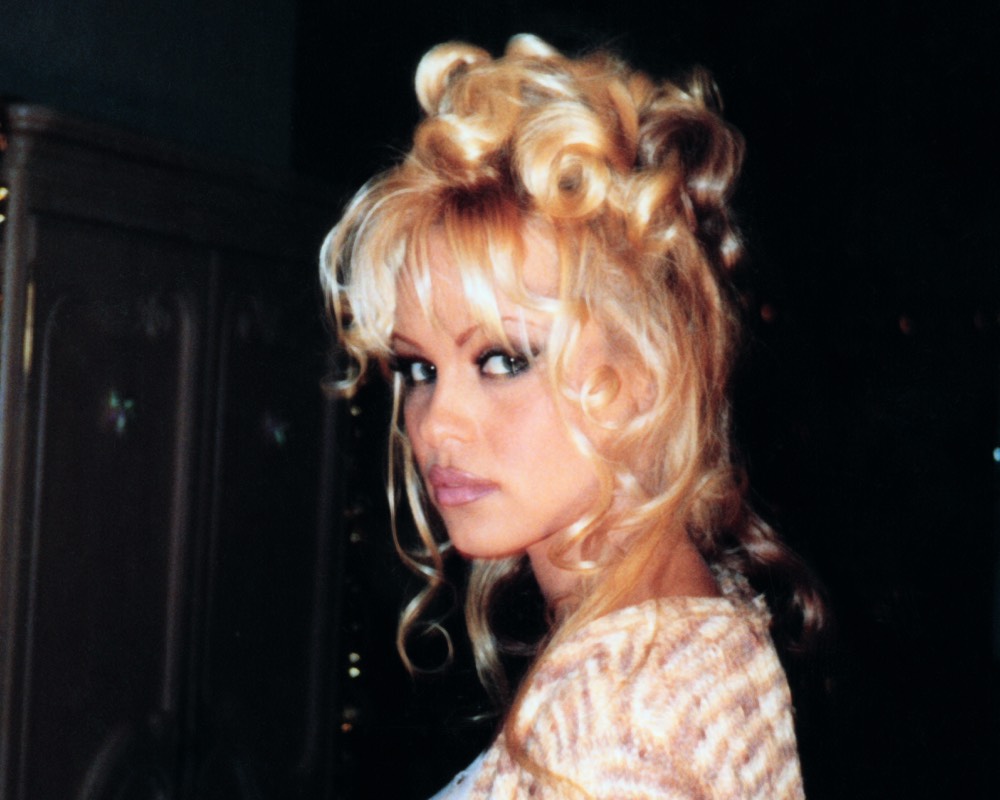 Anderson in Los Angeles in the 1990s. (Courtesy of Netflix)
Anderson in Los Angeles in the 1990s. (Courtesy of Netflix)The memoir was written completely by her without the help of a ghost writer, she says. She also tells me that she fought tooth and nail to get approval from her publisher to weave in her poetry and stream-of-consciousness-style prose. I ask if she read the diaries while writing Love, Pamela to help jog her memory. As it turns out, she didn’t. “I wanted to write my book from where I’m sitting right now,” she says. “After all these years, I can look back and see the patterns—the way I muscled my way through things and how I’ve been able to persevere through hardship and heartbreak.”
In the book, Anderson shares details that contextualize her career, which, she writes, went from zero to 100 after that BC Lions football game. Beer company Labatt put her in a commercial and on a poster after seeing her on the Jumbotron, and shortly after, her phone rang and Playboy was on the line, offering to fly her to L.A. for a test shoot for its October 1989 cover. She describes how Marilyn Grabowski, the magazine’s photo editor, ushered her into her new L.A. world, while her mom encouraged her to live a new life and not look back.
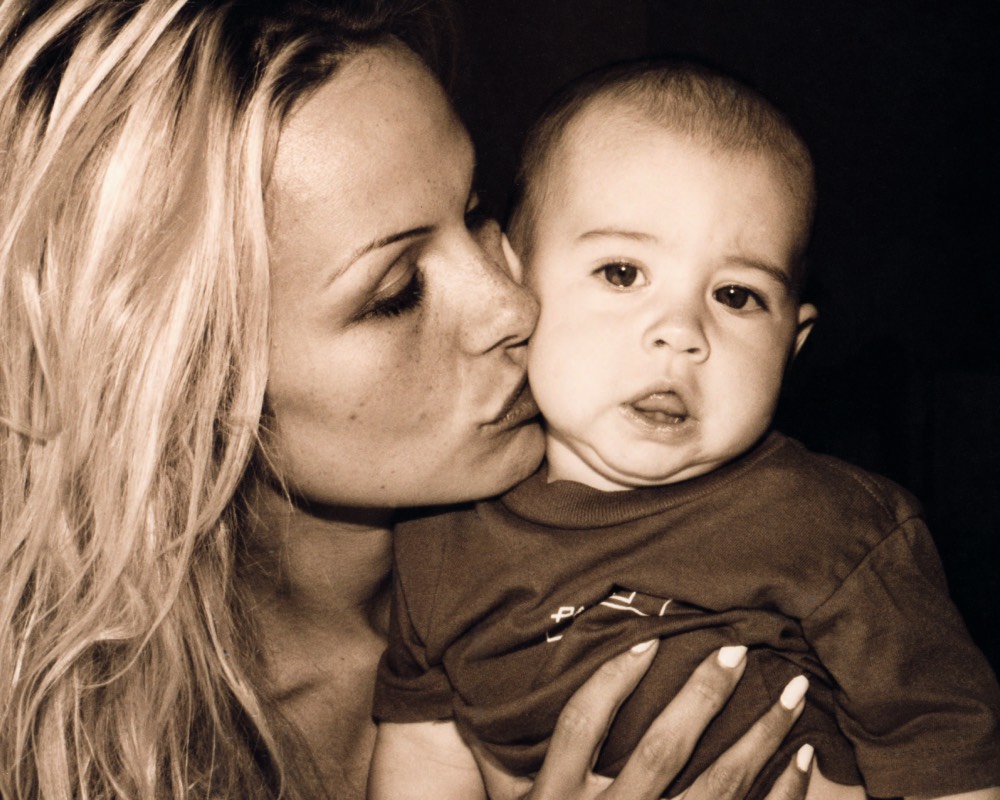 Anderson with her son Dylan, 1998. (Courtesy of Netflix)
Anderson with her son Dylan, 1998. (Courtesy of Netflix)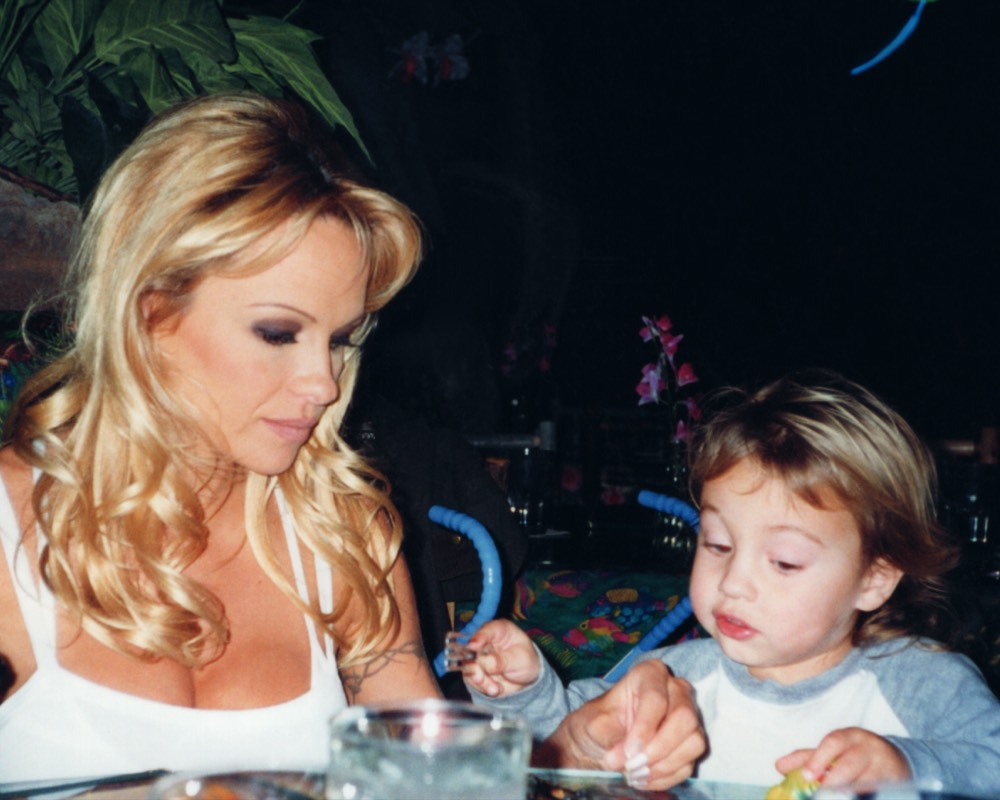 Anderson with her son Brandon, 1999. (Courtesy of Netflix)
Anderson with her son Brandon, 1999. (Courtesy of Netflix)I ask her if she feels like the time is right to share her side of the story, given that women like Monica Lewinsky and Britney Spears are now being seen through a more feminist and empathetic lens. She carefully agrees that now is a different time, which is a good thing. But it sounds like the wounds from those times are far from healed. “I’ve always said [you should have] grace and dignity, hold your head high and keep moving forward,” she says. “It made me stronger, but [the stolen tape] was a hard time for me—it affected my relationship and my career, and I don’t think I ever recovered.”
Anderson sees the book and documentary as forms of therapy—ways to revisit different stages of her life, from childhood to the present day. They’re also opportunities to self-examine her inability to be alone. She’s currently working on that last part, having filed for divorce from her fourth husband in early 2022. While the processes of writing and filming were therapeutic for Anderson, the end results are celebrations of an imperfect person living an imperfect life. “I’m doing pretty good,” she says. “My kids are grown, and they’re wonderful, and I think that really says a lot. People [often] ask me ‘How did you do it?’ And I just have to start from the beginning. I can’t explain unless I tell you my whole story.”
Read more:
The Year of the Bimbo
Hilary Duff Says She’s “Optimistic” That the Lizzie McGuire Reboot Will Actually Happen
Kyla Pratt Is All Grown Up
Newsletter
Join our mailing list for the latest and biggest in fashion trends, beauty, culture and celebrity.
Read Next
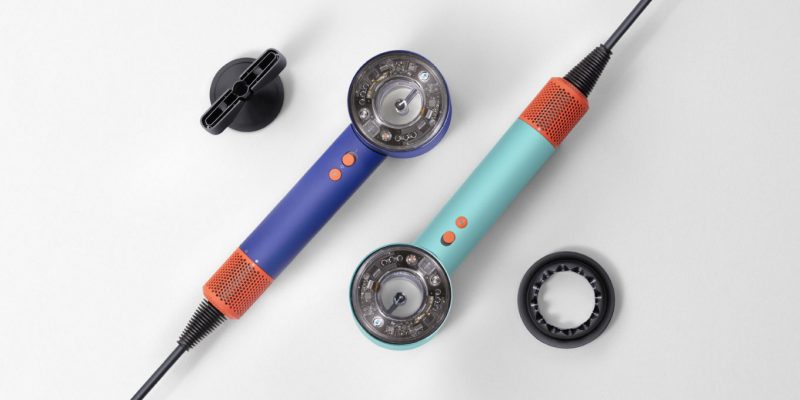
Beauty
Dyson Just Launched Its Most Intelligent Hair Dryer Yet
Get ready to upgrade your blowout game.
by : Lauren Knowles- Apr 25th, 2024

Fashion
Meredith Shaw Created a Plus-Size Summer Dress Collection That "Feels Like Candy"
The morning show host joined forces with PENN. to create a curated collection for sizes 14-32.
by : Allie Turner- Apr 25th, 2024

Culture
This University Elevates Women to New Professional Heights
You shouldn’t have to pause your life to move forward in your career.
by : ELLE Canada- Apr 16th, 2024


